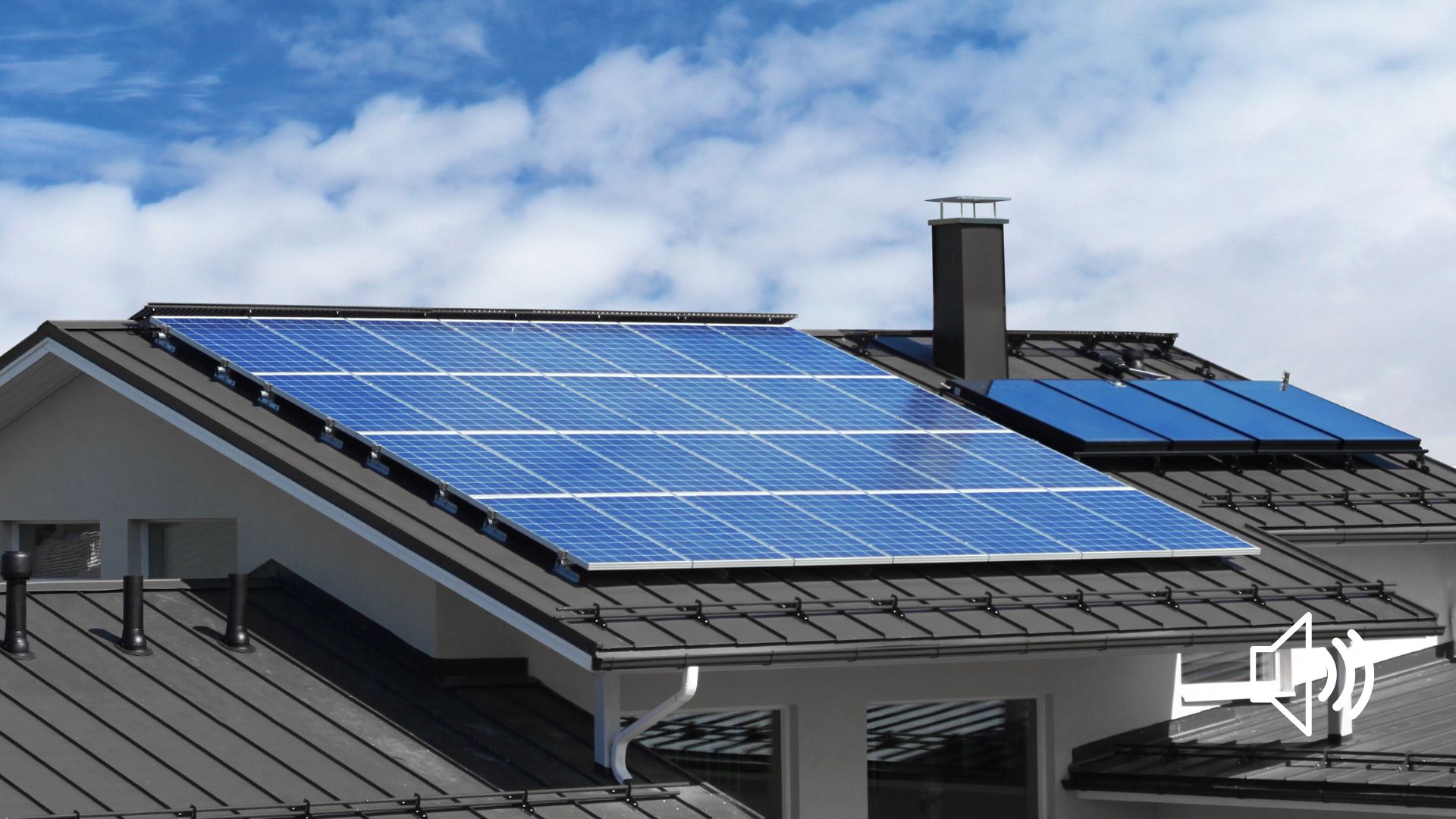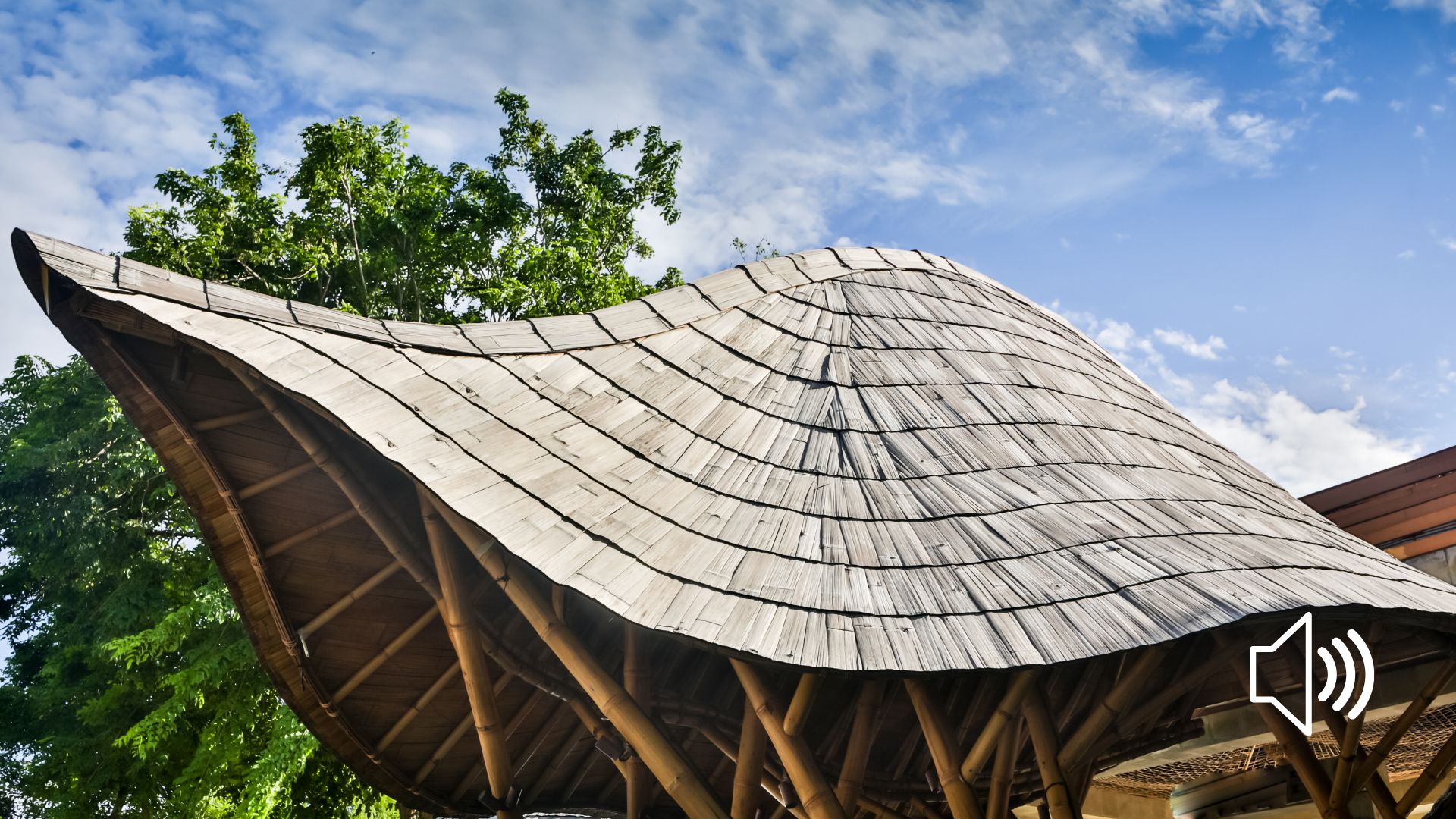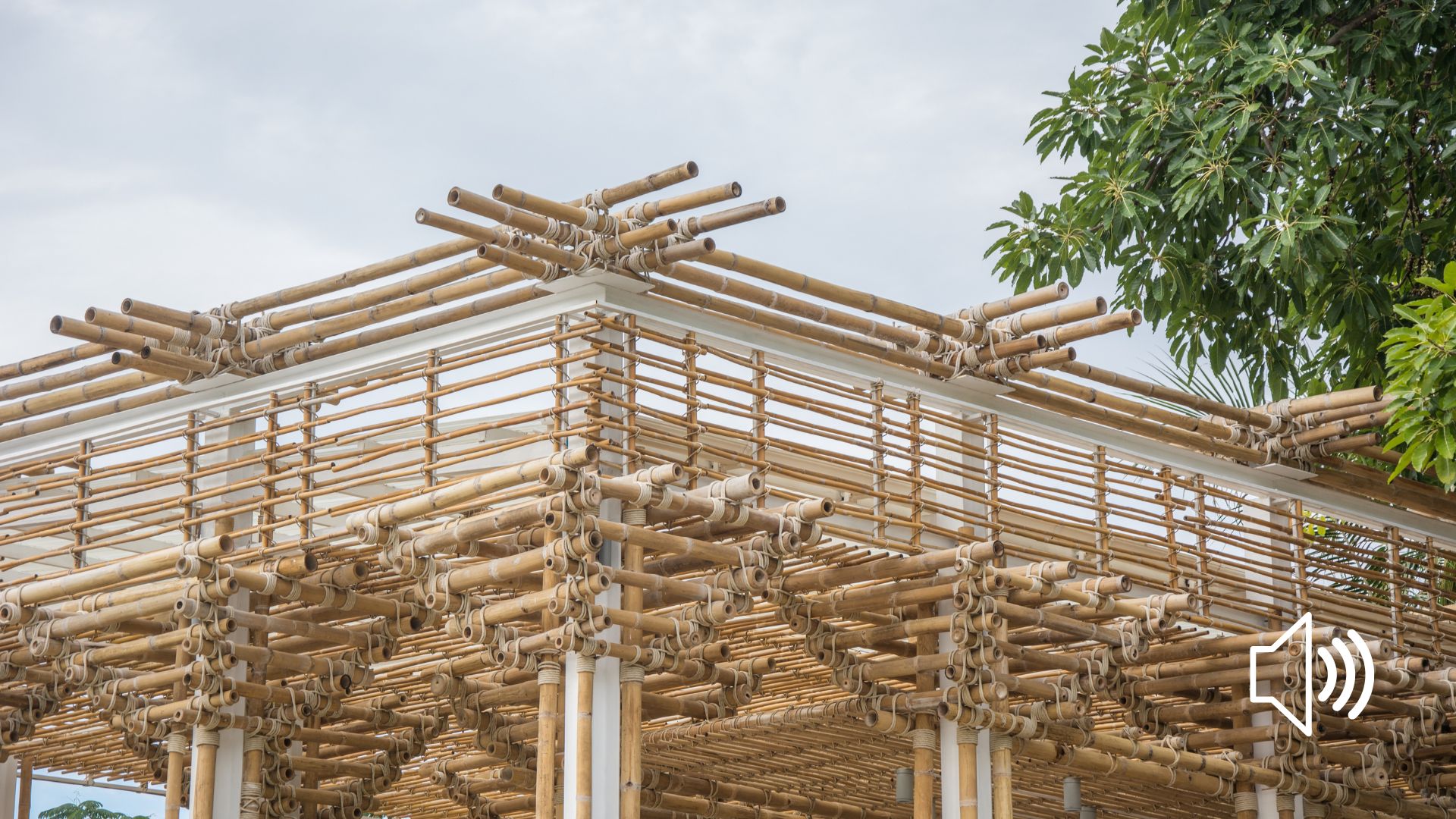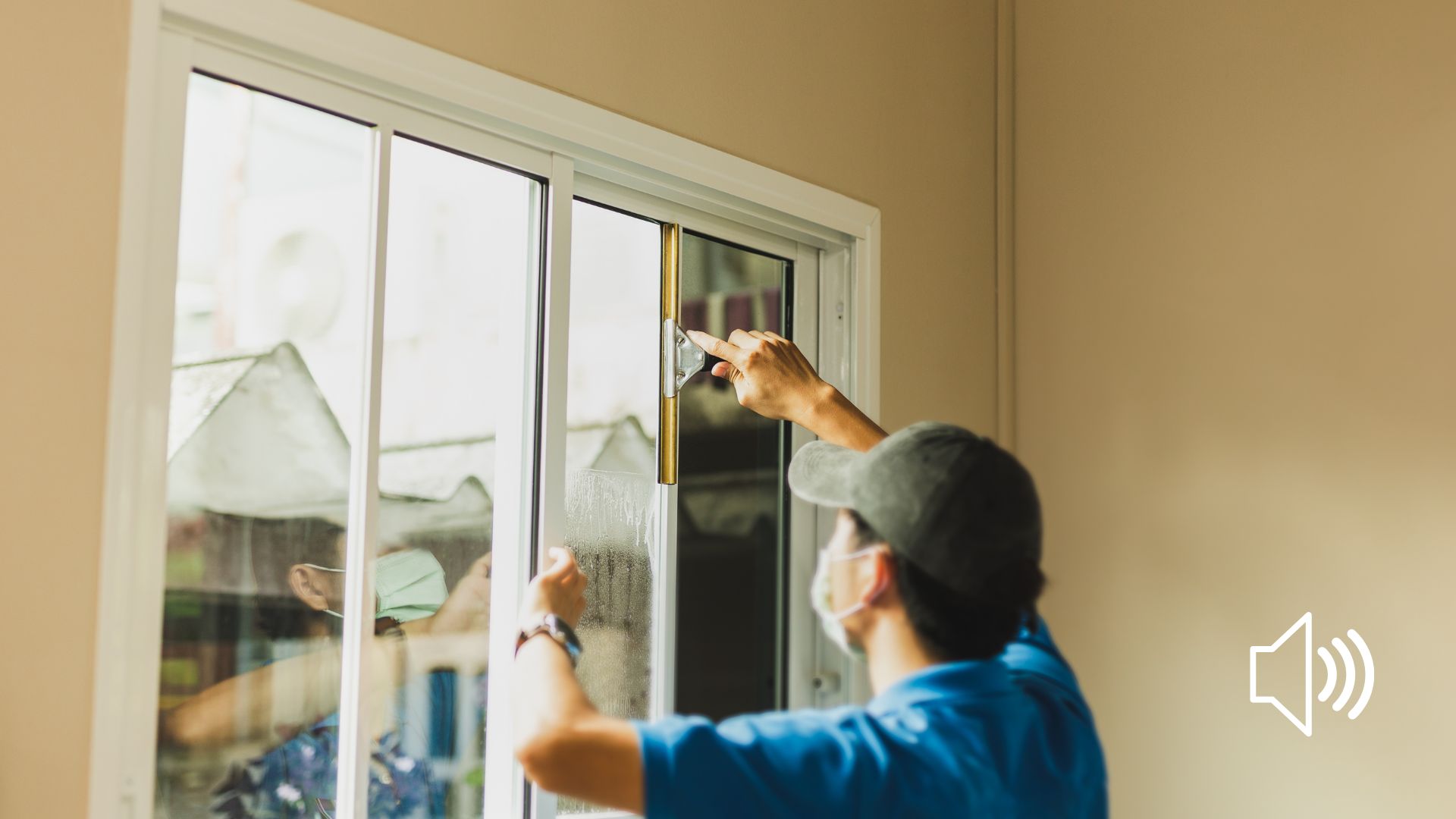Cooling is the next system we are going briefly to explain. In recent years, due to global warming, cooling has become an increasingly important topic in construction, in addition to heating systems. In general, simply put, cooling removes warm internal air and replaces it with cooler external air. There are two approaches to cooling.
First, the so-called passive cooling or ‘natural’ cooling can be provided by natural ventilation, using thermal mass, evaporative cooling, and other solutions.
…………………………. ..
Natural ventilation is the simplest way that entails the regular opening of windows. That’s all. During the winter, it is much better to open all the windows for a shorter time than one or two windows for a longer time. In the first option, warm, stale air leaves the room faster while the surface of interior walls doesn’t cool down, instead of keeping a window open for a longer time.
The following system is the use of thermal mass. Thermal mass can be used to even out variations in internal and external conditions, absorbing heat as temperatures rise and releasing it as they fall.
Evaporative cooling includes moisture evaporating from the surface of a building or the inclusion of water features such as ponds.
Even some devices, such as shading, reflective surfaces, insulation, green roofs, and so on, which, while they do not provide cooling, indirectly reduce thermal gains.
……………………………
The following approach refers to active cooling systems that include the following cooling methods and is often combined with a ventilation system:
The first system is Heat Pumps. The ground is enormous heat storage that can be used both for heating and cooling of spaces. Although cooling can be achieved by using a heat exchanger directly in the ground, as in the previous example, for heating, it is generally required to use a heat pump. In principle, if a reversing valve is installed, the heat pump can be used for heating in winter and cooling in summer. The main advantage of the earth as a heat source or sink is its relatively constant temperature (from 7°C to 13°C) at a depth of 2 m already, enabling optimal operation of the heat pump, without daily and seasonal variations.
The heat pumps’ thermal output in households ranges from 2 to 12 kW, while the compressor’s operating power varies between 0.7 and 5kW. The cost-effectiveness of heat pumps mostly depends on the investment costs and ratio between electricity and other fuels, such as gas and oil. For example, the price of energy produced by a heat pump is 2 to 4 times lower than that produced from heating oil, or it makes 0.7 to 1.3 of the cost of energy produced from gas.
……………………………
The following active cooling system is an earth-to-air heat exchanger (ground coupling)
This draws ventilation supply air through buried ducts or tubes (sometimes referred to as earth tubes). As the temperature of the ground below 3 m is practically constant, it can be used to substantially reduce ambient air temperature fluctuations, with the incoming air being heated in the winter and cooled in the summer.
……………………………
Open or closed loop water-to-air heat exchanger system exploits the relatively stable temperature of the earth to provide water that can cool in the summer and heat in the winter.
……………………………
Mechanical or forced ventilation driven by fans is the next system that works by extracting stale air or supplying fresh air into rooms in a house or building.
This system’s basic principles are Mechanical Air Supply with Natural Air Exhaust, Natural Air supply with mechanical air exhaust, or Mechanical Supply and Exhaust.
Chilled water is typically provided by chiller units using absorption refrigeration or compression refrigeration. Chiller units use a refrigerant that boils at a low temperature and pressure, removing heat from the chilled water, and then condenses to release that heat, which is rejected to the outside (or recovered). It can then be used to provide cool air, air handling units (ducted around the building), chilled beams, chilled ceilings, etc.
Since the cooling system is closely connected to an interior air exchange system, more extensive, especially public and commercial buildings, use the so-called HVAC systems that combine cooling and ventilation and heating, thus providing excellent results.
……………………………
Central Air Conditioner is the most common type of air conditioner. Central cooling systems use a network of ducts to supply air throughout the house. These are usually two-part systems with an outdoor unit that contains the compressor and condenser coils and an indoor unit with evaporator coils. Refrigerant lines link the two together.
Ductless Mini-Split Systems are ideal for homes and apartments. These systems also have outdoor and indoor units. However, they require less space inside and are faster to install than central systems. The indoor air handlers are mounted on the walls or ceiling of the rooms you choose to install them in.
The benefits of ductless air conditioners include quieter operation, even temperature distribution, and zoned temperature control. With individual units in different areas in the house, you can save energy by switching off units in rooms that are not in use. In addition, each family member can personalize the temperature in the room they are occupying, keeping everyone in the family happy and comfortable. Because they’re ductless, you’ll also enjoy better air quality without the dust and dirt that builds up in the ductwork. This also means less maintenance, as no duct cleaning is necessary.
……………………………
Evaporative cooling can be provided by simple systems, such as misting fans and by spraying water over the roof of a building, or by more complex packaged units that draw hot, dry air through a continually dampened pad and supply cool, humid air to the building.
Indirect evaporative cooling can be provided by incorporating heat exchangers, using cooling towers, or spraying water over the cooling coils of conventional chiller units. Typically, evaporative cooling is best suited to hot, dry climates.
Evaporative coolers, also called swamp coolers, are less standard than refrigerant air conditioners. They are, however, a low-cost and energy-efficient way to cool a home. Evaporative coolers work best in hot, dry climates. Areas that contain too much humidity for this type of system to function effectively. Evaporative coolers use a fan to draw in outside air and pull it through moist pads where the air is cooled by evaporation and then circulated through the house. This simple process produces air that is 20-30 degrees cooler.
—-
To conclude, as you can see, although different systems can be used to cool a building, other factors also affect whether the building will overheat during the summer or not. Among other things, to design the building intelligently, the designer is expected to use the elements on the façade, such as brise-soleil, or sun protection in the right way, to site the building correctly, to determine well the size of openings and the type of glass, etc. Besides that, it is always necessary to have an additional cooling system, ranging from a regular and straightforward opening of windows at night when the air is colder to cool the building a bit to using different active cooling systems, the most common of which are split and multi-split heat pump systems.
—-
We have already mentioned that ventilation is closely connected to cooling and heating, so we’ll briefly explain some basic concepts related to ventilation.
The critical questions about ventilation important to us architects are: What parameters make optimum indoor conditions? How can the air in rooms be exchanged? What types of ventilation systems are there?
The task of ventilation in a building is to constantly replace the exhausted, stale indoor air with the fresh outdoor air to maintain sanitary conditions necessary for occupant health and comfort. In addition, its role is to heat the air if necessary, remove excess humidity and harmful gases from the indoor environment, and cool the air in summer.
To provide comfortable living and maintain health and total working capacity of people, the following recommendations are essential:
The winter indoor air temperature in residential buildings should be 21 ± 1 °C, while comfortable summer temperatures range between 24 and 26 °C.
The difference between the average wall surface temperature and the air temperature should not exceed 2 to 3 °C.
When it comes to humidity, the comfortable relative air humidity in winter is from 40 to 50%, while in summer, it is 50 ± 5%. Humidity values below 30% are medically undesirable because they result in dehydration of airways in the lungs. The speed of airflow in the occupant zone should be from 0.1 to 0.3 m/s.
It’s obvious we need ventilation. So let’s see how the air can be exchanged. There are two ways, natural and mechanical.
Natural ventilation is achieved by infiltration of air through the gaps in windows and doors and walls, by opening windows and doors, and by exchanging air through ventilation ducts.
Mechanical ventilation is divided into exhaust ventilation (drawing stale air out through ducts), air ventilation (supplying fresh air through ducts), and a combination of exhaust-air ventilation.
Let’s see what natural ventilation entails. Natural ventilation is the exchange of air in a room which happens as a consequence of different indoor and outdoor air temperatures, caused, as we know, by air movement and wind flow. Natural ventilation is achieved through windows, controlled openings on the façades of buildings or ventilation ducts, and to a lesser extent through the walls.
Mechanical (or ‘forced’) ventilation tends to be driven by fans.
While natural ventilation may be preferable, mechanical ventilation may be necessary where the building is too deep to ventilate from the perimeter, local air quality is poor. For example, suppose a building is next to a busy road. In that case, local noise levels mean that windows cannot be opened, the local urban structure is very dense and shelters the building from the wind, air cooling or air conditioning systems mean that windows cannot be opened, privacy or security requirements prevent windows being opened, internal partitions block air paths or the creation of draughts adjacent to openings.
It’s important to know that some of these issues can be avoided or mitigated by careful siting and design of buildings.
The big issue with natural ventilation is that glazing causes solar gain, and in the summer months, if this is excessive, it can cause local discomfort. In this case, mechanical ventilation would be more effective because it provides a more homogeneous effect due to a more even distribution of air.
‘Mixed-mode’ ventilation uses both natural and mechanical ventilation, for example, allowing the opening of windows and providing a mechanical air distribution system.
The term ‘assisted ventilation’ typically refers to systems where fresh air enters a building through windows or other openings but is extracted by continuously running fans.
‘Trickle ventilation,’ ‘slot ventilators,’ or ‘background’ ventilation can be necessary for modern buildings (which tend to be designed to be almost completely sealed from the outside to reduce heat loss or gain) so that problems such as condensation are avoided when openings are closed.
This tendency to ‘seal’ modern buildings can also adversely affect occupant comfort, as generally, occupants feel more comfortable if there is some air movement (as long as draughts are not created). This situation can be mitigated by heat recovery ventilation (HRV). This permits increased ventilation rates by recovering heat from extracted air and pre-heat incoming fresh air using counter-flow heat exchangers. Heat recovery is increasingly common in mechanical ventilation systems. It is also possible, although complicated, with some natural ventilation systems.
We have already mentioned that ventilation systems include heating, cooling, filtration, and humidity control. The acronym HVAC refers to Heating, Ventilation, and Air Conditioning. The phrase ‘air conditioning refers to conditioning the temperature and humidity (and sometimes the quality) of air before using it to ventilate a building. Air conditioning and cooling are not the same, although the terms are often used synonymously by non-professionals.
Rates of ventilation in buildings can be expressed in terms of air change rates (the number of times that the volume of air in a space is changed per hour) or liters per second. The ventilation rate will be determined by the type and size of space and how it is occupied (for example, the number of occupants, sources of heat, moisture, odor, contaminants, and so on).
Finally, ventilation is an essential system in a building, maybe challenging to measure, but quite significant for healthy living.





